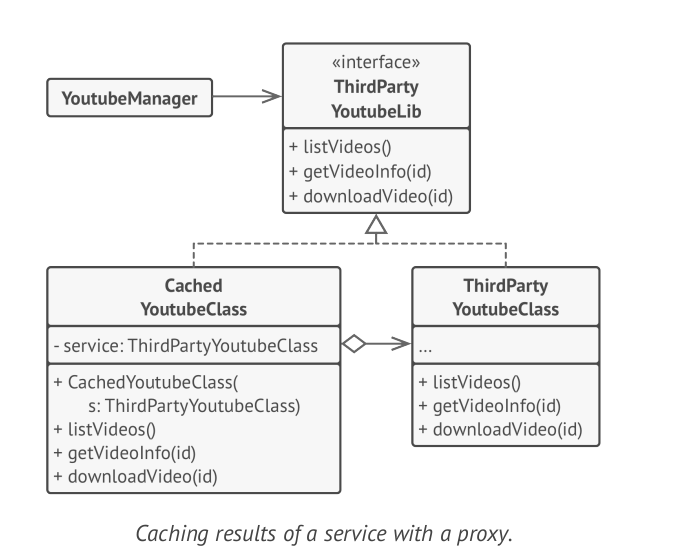Proxy design pattern in short
samundrak
JavaScript DevWe can use the Proxy pattern whenever we want to control access to any third-party library or service which can be resource-heavy or expensive. For example, if we are integrating an SMS service in our application and sending every SMS can cost us a cent and there can be many chances where SMS content can be duplicated. In such a context we can create a proxy pattern that controls twillo access and help us to dedupe messages.
When to use
- Control access to anything that resources heavy.
- Access to 3rd party service which can cost us.
- (caching proxy) Any time we need to cache expensive things.
- (Protection proxy) Control what the client can do with any provided services or library.
- Virtual Proxy(Lazy initialization) When we have to initialize any resource-heavy object that wastes system resources by being always up can be instantiated when needed instead of instancing it in bootstrap
- Local execution of a remote service (remote proxy). This is when the service object is located on a remote server. In this case, the proxy passes the client request over the net- work, handling all of the nasty details of working with the network.
- Logging access (Loggin Proxy). This can be done when we want to log access to service that is behind proxy.
UML Class Diagram

Source: Dive into design patterns